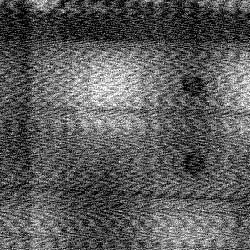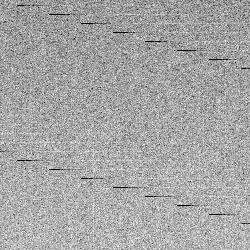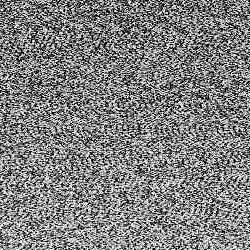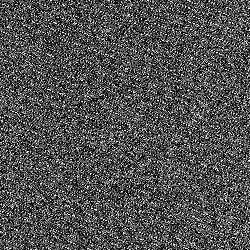CCD cameras operate by amplifying incredibly small signals representing as little as a few electrons. This makes the camera very sensitive to electronic noise. This noise can be created in the camera or enter the camera on the power or data cables.
Many noise sources are periodic in nature, some form of repeating signal. When this noise interferes with camera operation it shows up in the image as some form of pattern across the image, usually called pattern noise.
To see this noise take a bias image and carefully examine it for any sort of pattern. The electronic noise in a bias frame should be very random in nature and have no pattern apparent to the eye.
One of the usual suspects are the switching power supplies used by many cameras. These power supplies are often used to create the many different voltages a CCD camera requires. If not properly designed and filtered the noise from these power supplies show up as a ripple pattern or a 'wood-grain' pattern in the image.
There is little to do if this happens as the camera is not operating properly, it really should be returned to the manufacturer for repair.
If you have to work around this issue there is something to try. If the noise is drifting through the image, different each frame, you can average many separate frames to create a relatively pattern free image. If the pattern is the same each time averaging images will not work.



